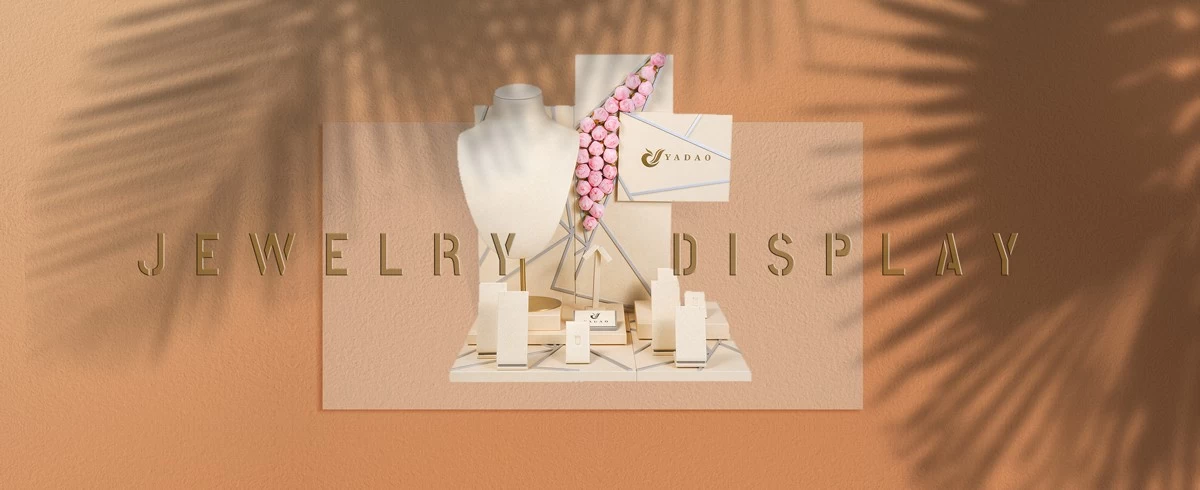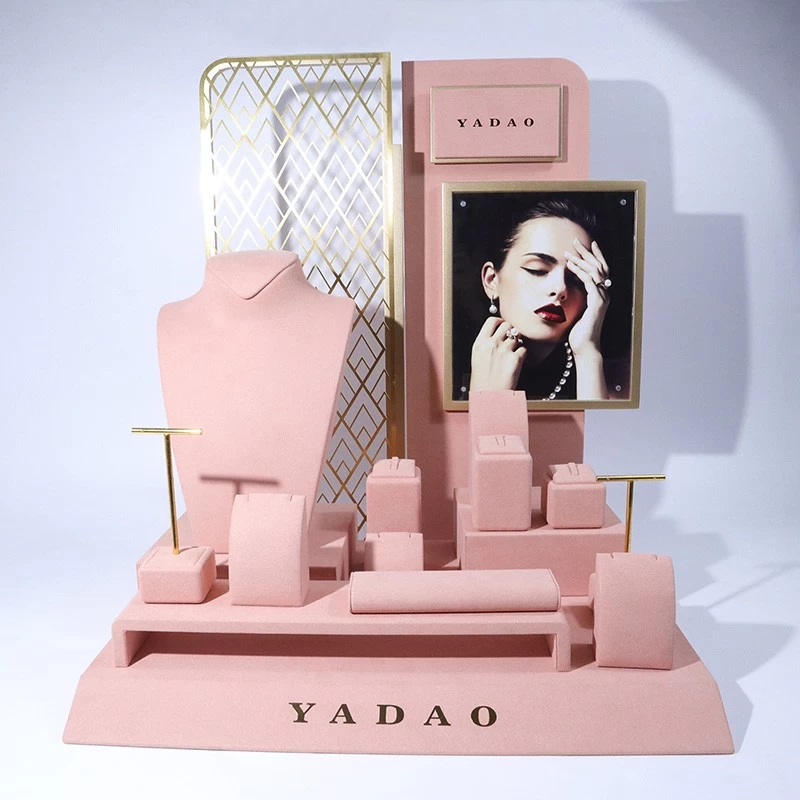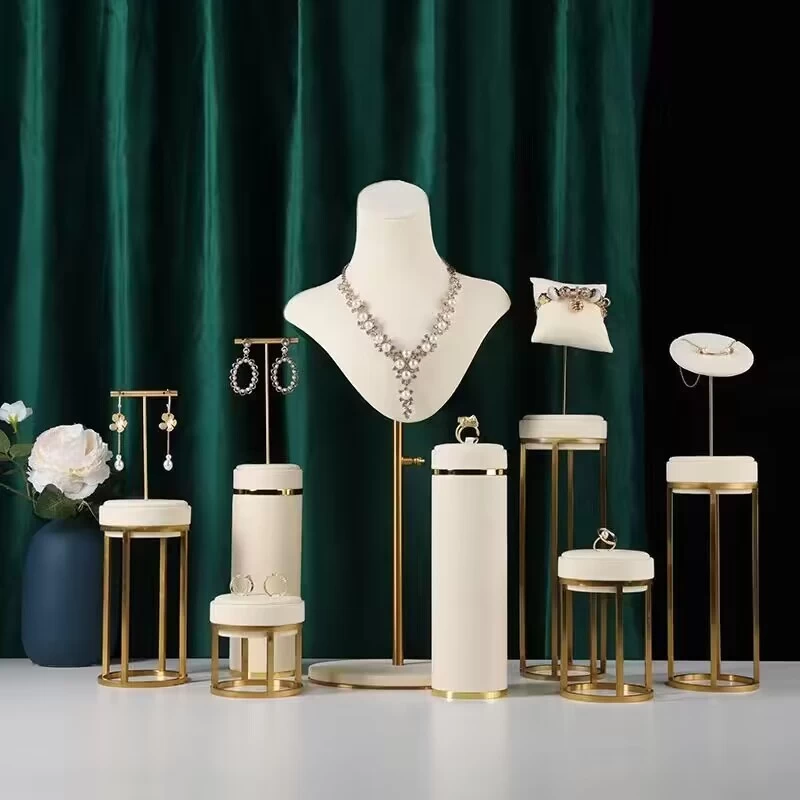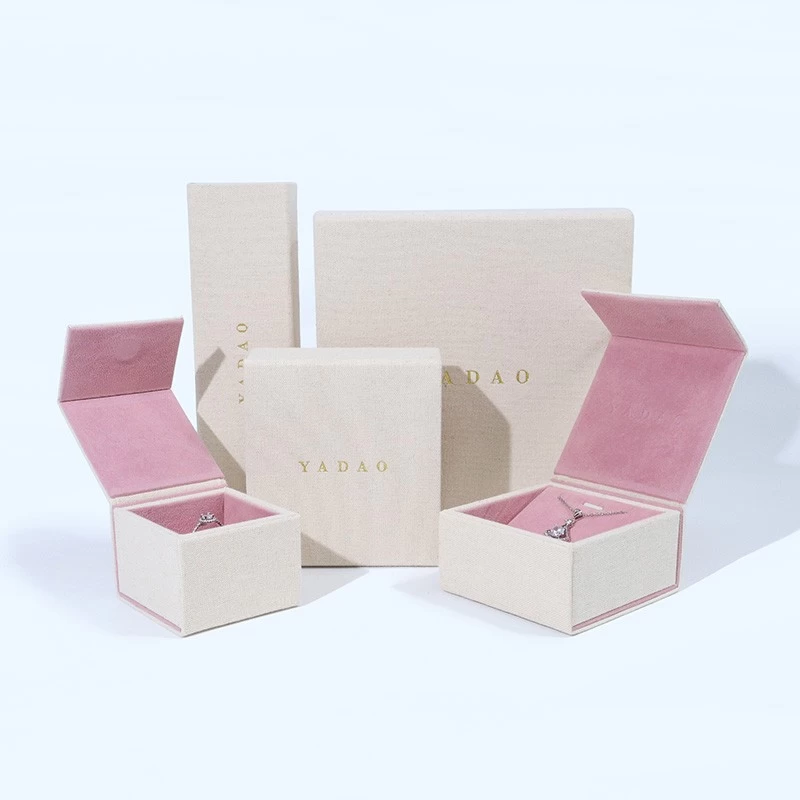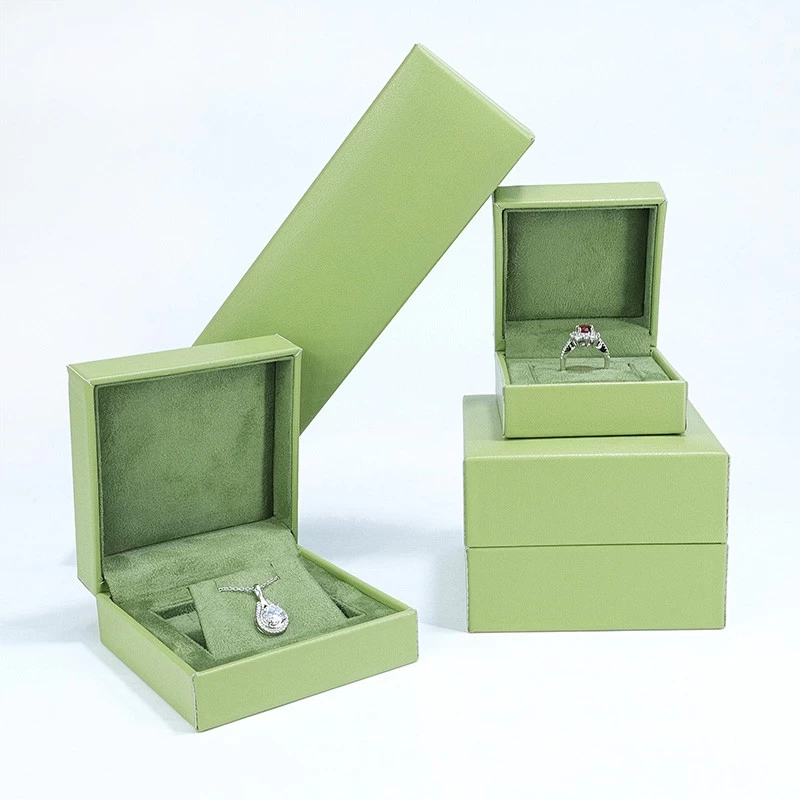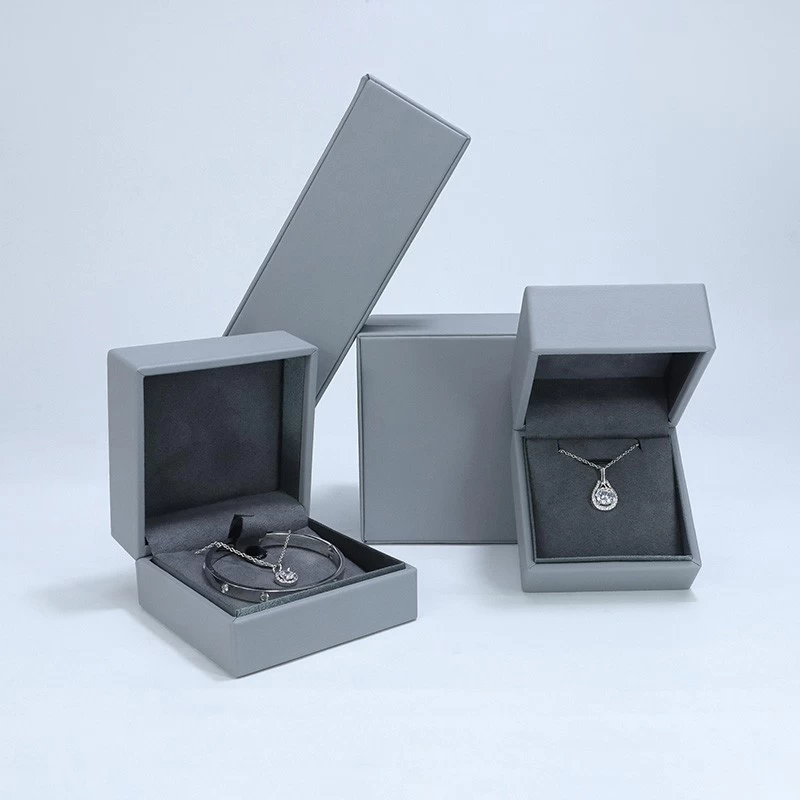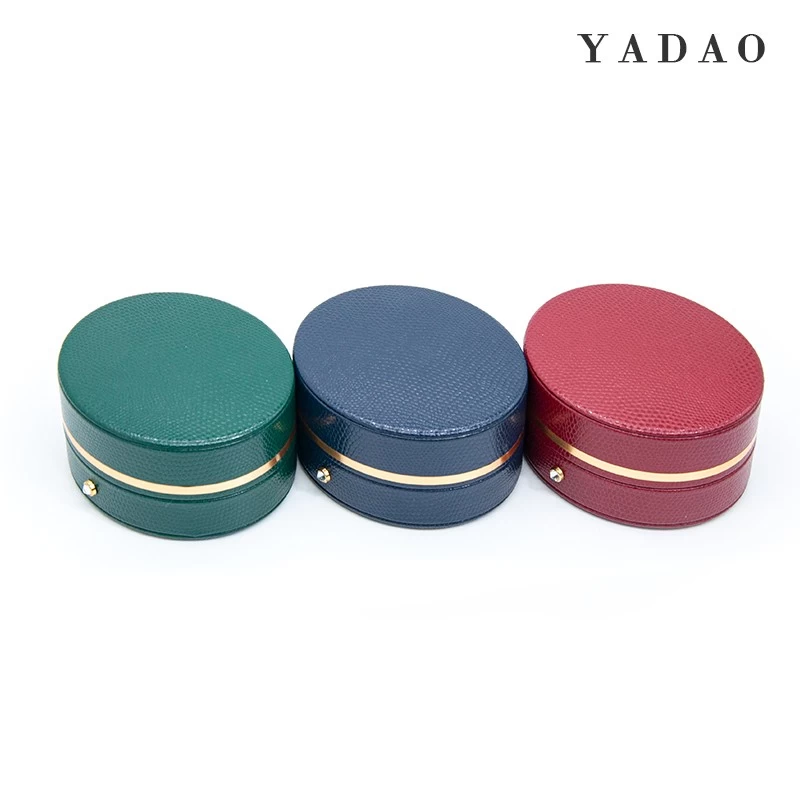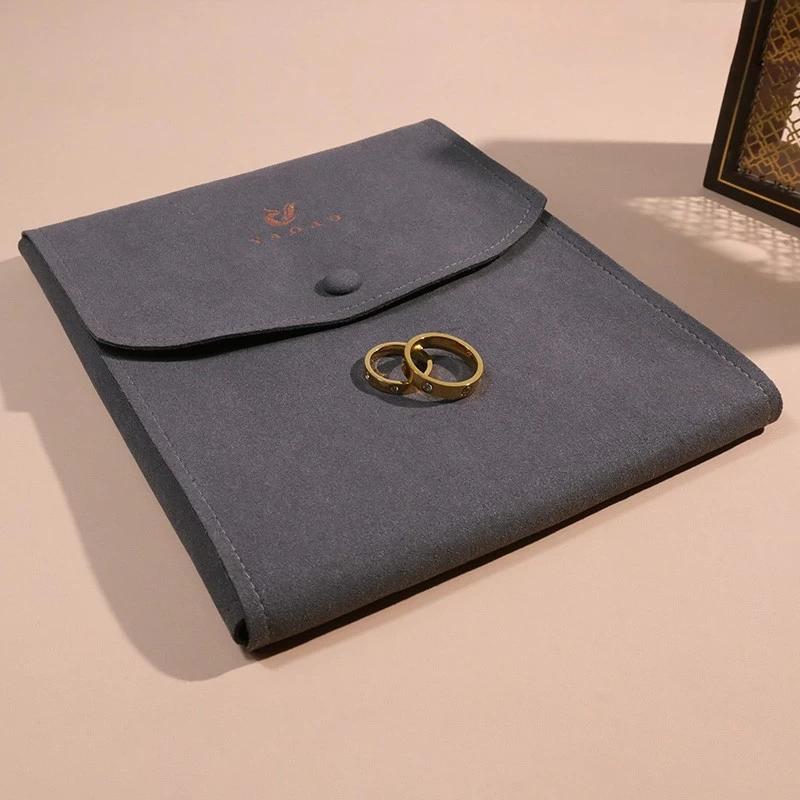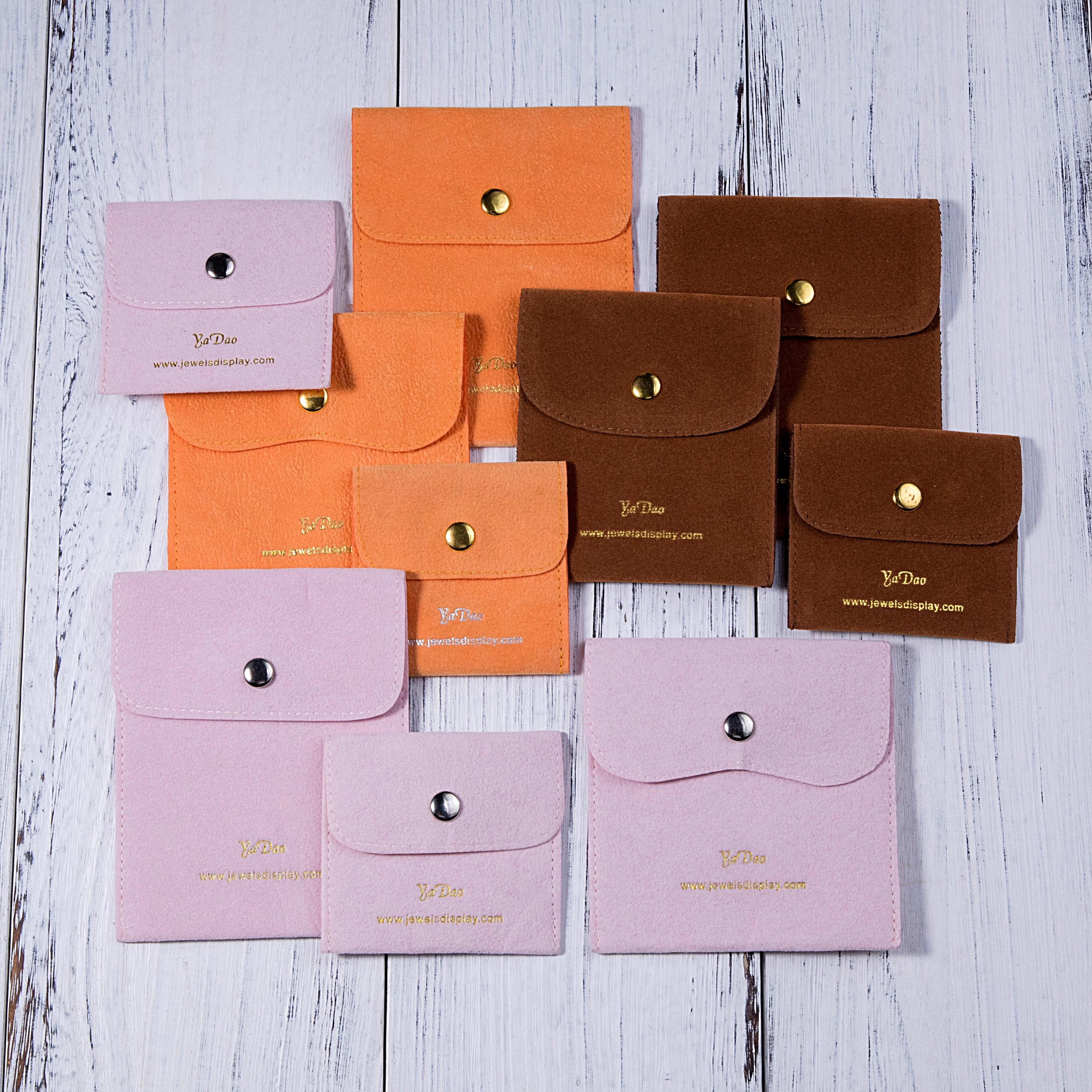Unwrapping the Psychology of Jewelry Packaging: How It Influences Consumer Perception
Unwrapping the Psychology of Jewelry Packaging: How It Influences Consumer Perception
In the glittering world of jewelry, where every piece holds not just value but also emotion, the significance of its packaging often goes unnoticed. However, behind the elegant exterior of a jewelry box lies a realm of psychology that profoundly influences consumer perception and purchasing decisions.
The packaging of a piece of jewelry is the first tangible interaction a consumer has with the brand and its product. It serves as a visual and tactile representation of the brand's identity, values, and quality. From the choice of materials to the design elements, every aspect of the packaging communicates a message to the consumer.
Take, for example, a sleek, minimalist box crafted from recycled materials. Such packaging sends a clear signal that the brand prioritizes sustainability and eco-consciousness. For environmentally conscious consumers, this can be a compelling factor in their purchasing decision, aligning with their values and beliefs.
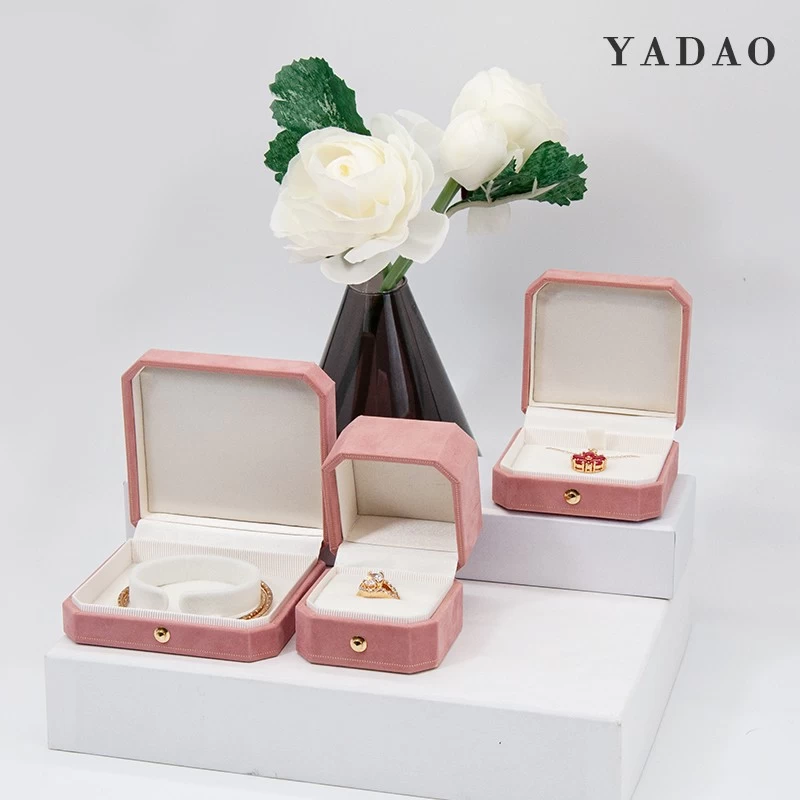
On the other hand, an ornate, velvet-lined box adorned with gold foil and intricate patterns conveys luxury, opulence, and exclusivity. For consumers seeking a sense of prestige and indulgence, such packaging can evoke feelings of desire and aspiration, enhancing the perceived value of the jewelry within.
Moreover, the unboxing experience plays a crucial role in shaping consumer perception. The anticipation, excitement, and satisfaction derived from opening a beautifully packaged jewelry box can create a lasting impression on the consumer's mind. Brands are increasingly investing in creating memorable unboxing experiences, incorporating elements such as ribbon closures, embossed logos, and personalized notes to delight and engage their customers.
Furthermore, the psychology of color plays a significant role in jewelry packaging. Different colors evoke different emotions and associations, influencing how consumers perceive the brand and its products. For example, soft pastel hues like blush pink and baby blue may evoke feelings of femininity, romance, and innocence, making them ideal choices for packaging aimed at a female audience. In contrast, bold, vibrant colors like crimson red and royal blue exude energy, power, and confidence, appealing to a more daring and adventurous consumer base.
Additionally, the design of the packaging can evoke nostalgia, cultural heritage, or storytelling, further deepening the emotional connection between the consumer and the brand. By tapping into shared cultural symbols, traditions, or narratives, brands can create a sense of belonging and resonance with their target audience.
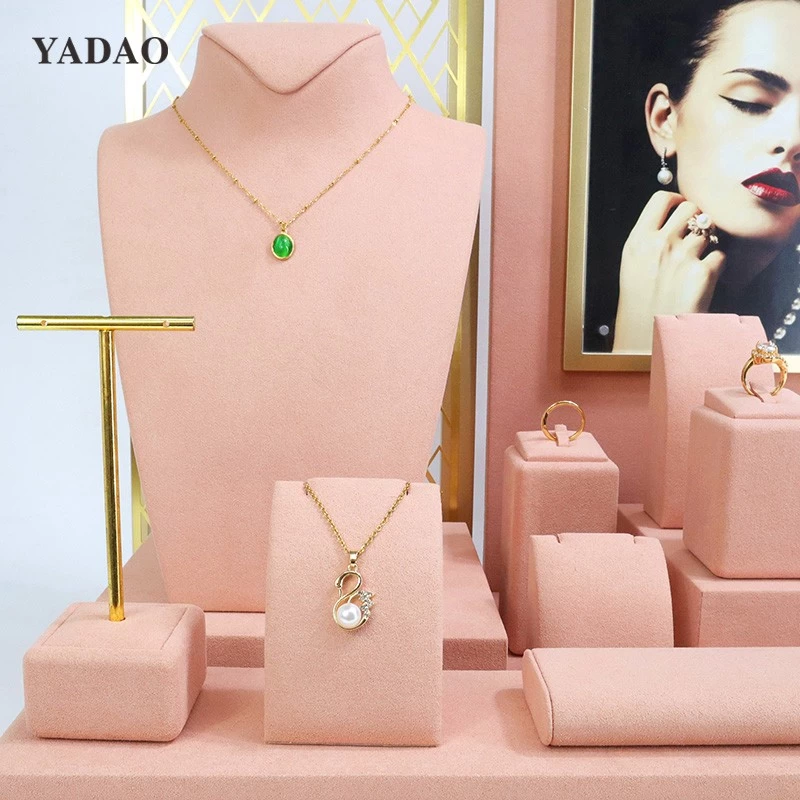
In conclusion, the psychology of jewelry packaging is a nuanced interplay of visual, tactile, and emotional cues that profoundly influence consumer perception and behavior. By understanding the psychological drivers behind packaging design, brands can create meaningful connections with their audience, driving engagement, loyalty, and ultimately, sales. In the competitive landscape of the jewelry industry, packaging is not just a container but a powerful tool for storytelling, brand differentiation, and emotional connection.


